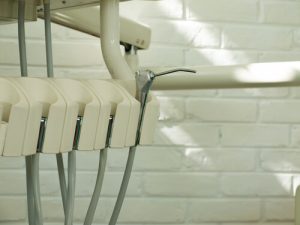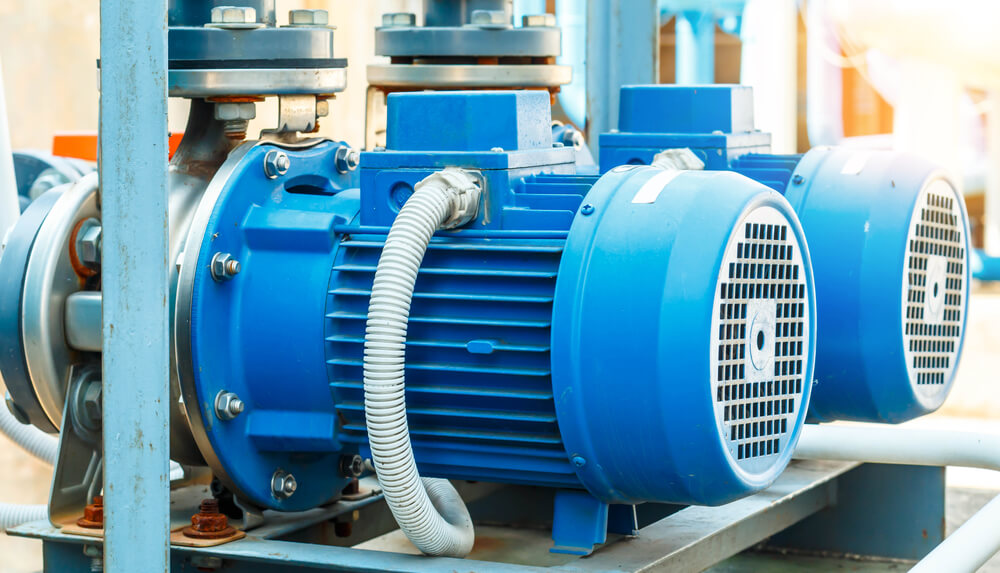Water pumps are incredibly useful tools for numerous applications, including irrigation, construction, and even in your home. Electric water pumps, in particular, have become increasingly popular due to their superior performance, energy efficiency, and ease of use. This article will discuss what an electric water pump is, its advantages, and how to use it effectively.
What is an Electric Water Pump?
An electric water pump is a device that uses electricity to move water through a system, typically from a water source to a desired location. There are various types of electric water pumps, including centrifugal, submersible, and booster pumps. These types of water pumps are designed for specific purposes and are either self-priming or non-self-priming.
Where do you use it?
Here is a list of some applications that use electric water pumps in their operations:
- cooling or circulation systems in various equipment
- water production equipment
- water-saving equipment
- hot tubs
- smart toilets
- irrigation
- small fountains
- water curtain wall
- fish tank
- skimmer pump
- automotive water cooling system
- solar-powered water pumps
- wavemaker
Advantages of Using an Electric Water Pump
 There are several advantages to using an electric water pump over other types of pumps.
There are several advantages to using an electric water pump over other types of pumps.
- Energy Efficiency: Electric water pumps are more energy-efficient compared to traditional gas-powered pumps, resulting in savings on your monthly utility bills.
- Quiet Operation: Electric water pumps operate quietly, making them ideal for residential and commercial environments.
- Easy to Use: Unlike traditional water pumps, electric ones require little maintenance, making them easy to use.
- Environmentally Friendly: Electric water pumps do not produce harmful emissions, making them safe for the environment.
Downsides of electric water pumps
Generally speaking, an electric water pump will not last as long as a mechanical one. Many manufacturers recommend replacing the mechanical water pumps every seven years or so anyway.
An electric water pump will also exert load on the battery, but this will not incur the same losses as the crank-driven mechanical ones.
They can be difficult to fit and set up. Buying a kit designed for your car is strongly recommended. They are growing in popularity, though, and when set up correctly, they can improve car running.
How to Use an Electric Water Pump
Using an electric water pump requires careful attention to safety and proper technique. Follow these steps to use an electric water pump safely and effectively.
Step 1: Choose the Right Pump
Before using an electric water pump, ensure it is the right one for your specific application. Consider the pump’s flow rate, pressure, and head rating before purchasing.
Step 2: Position the Pump
Position the pump in a stable location close to the water source. Ensure the power cord is not in the water and the pump is properly grounded.
Step 3: Priming the Pump
If the pump is non-self-priming, you will need to prime it before use. This involves filling the pump with water and allowing it to sit for several minutes to eliminate any air pockets.
 Step 4: Connect the Hoses
Step 4: Connect the Hoses
Connect the suction hoses to the water source and the pressure hoses to the outlet of the pump. Make sure that the hose connections are secure and that there are no leaks.
Step 5: Turn on the Pump
Once the pump is properly primed and the hoses are connected, turn on the pump. Observe the pump operation for a few minutes to ensure it works correctly.
Step 6: Monitor the Pump
While the pump is in operation, make sure to monitor it for any issues, such as overheating, leaks, or low water pressure.
Step 7: Turn off the Pump
When you are finished using the pump, turn it off and remove the hoses. Store the pump in a cool and dry location.
Using a Water Pump and Compressor
Using a water pump and compressor together can be useful for various applications, such as irrigation, construction, or pressure washing. Here are the steps to follow when using a water pump and compressor together:
- Connect the compressor to a power source: The first step in using a water pump and compressor together is to connect the compressor to a power source. Ensure both the water pump and the compressor are either plugged into appropriate power sockets or connected to a generator if there’s no access to electrical power.
- Assemble the compressor: Assemble the compressor according to the manufacturer’s instructions. This typically involves attaching the hoses and fittings to the intake and outlet valves of the compressor.
- Connect the compressor to the water pump: Once the compressor is assembled, connect the outlet valve of the compressor to the inlet port of the water pump using a hose. Ensure the hose is securely connected to the compressor and the water pump.
 Connect the water supply: Connect the water source that will be used to supply the water to the water pump. This could be a well, lake or any other kind of water source. Connect the inlet port hose of the water pump to the water source.
Connect the water supply: Connect the water source that will be used to supply the water to the water pump. This could be a well, lake or any other kind of water source. Connect the inlet port hose of the water pump to the water source.- Start the compressor: After the compressor and the water source are connected, start the compressor. The compressor will pressurize the water supply, which will flow through the hose and into the water pump.
- Start the Water Pump: Turn on the water pump once the system is pressurized. The water pump will then move the pressurized water to the desired location.
- Adjust the system pressure: Depending on the application, it may be necessary to adjust the system pressure using the pressure regulators available on the compressor or water pump. Additionally, the use of a pressure gauge can help you monitor and adjust the system pressure to your desired setting.
Overall, using a water pump and compressor together can be a helpful solution for high-pressure water delivery applications. Make sure to follow the manufacturer’s instructions when assembling and using both tools. Additionally, ensure that you use the appropriate hoses, fittings, and pressure regulators to ensure safe and effective operation.
Conclusion
Electric water pumps are versatile tools that help you transport water efficiently and easily. They offer many benefits over other types of pumps, including energy efficiency, quiet operation, and ease of use. However, using an electric water pump safely and effectively is important. Follow the steps this article outlined to ensure you get the most out of your electric water pump.
References:
https://www.linkedin.com/pulse/electric-water-pump-significance-application-various-industries
https://www.torquecars.com/tuning/electric-water-pumps.php
https://natrad.com.au/info-advice/why-does-a-car-need-an-electric-water-pump/



